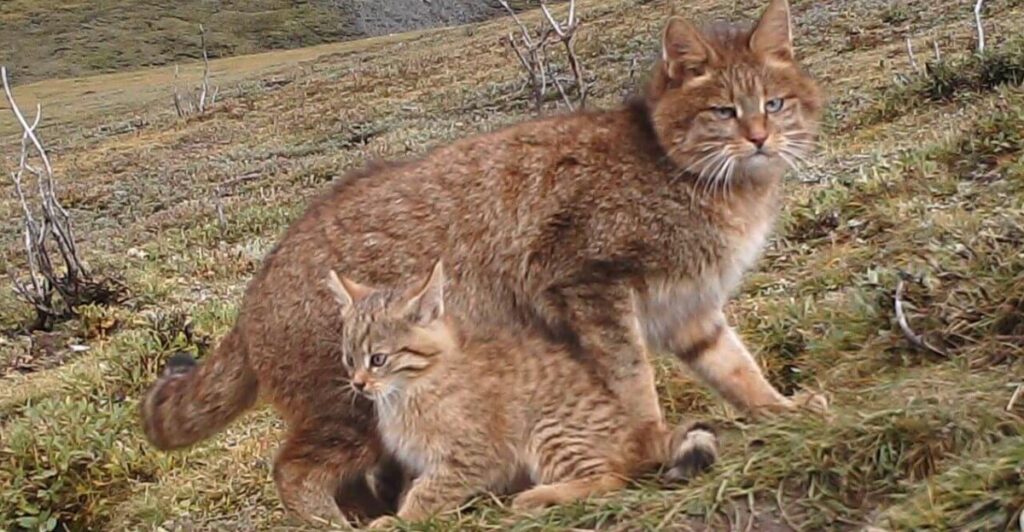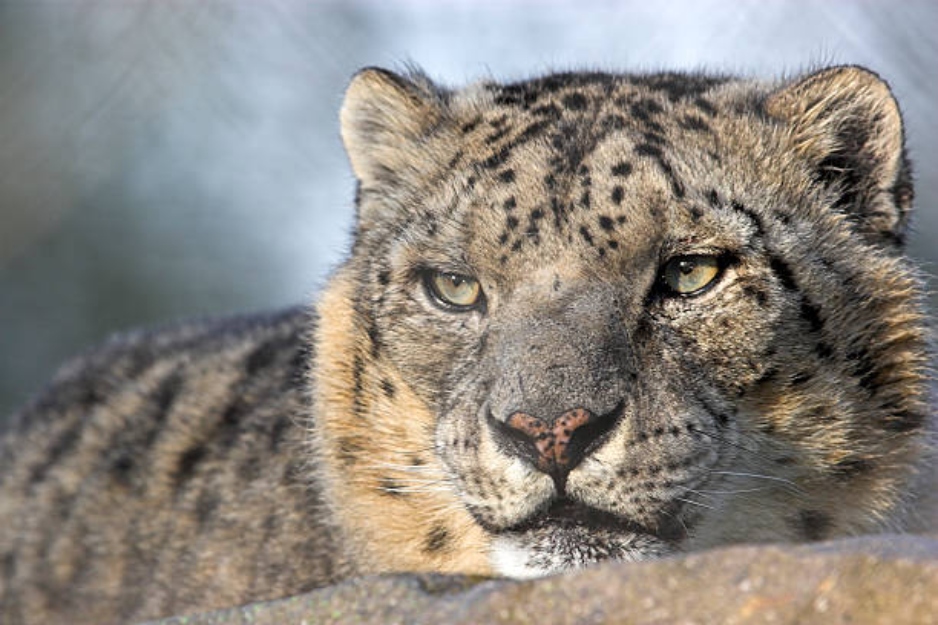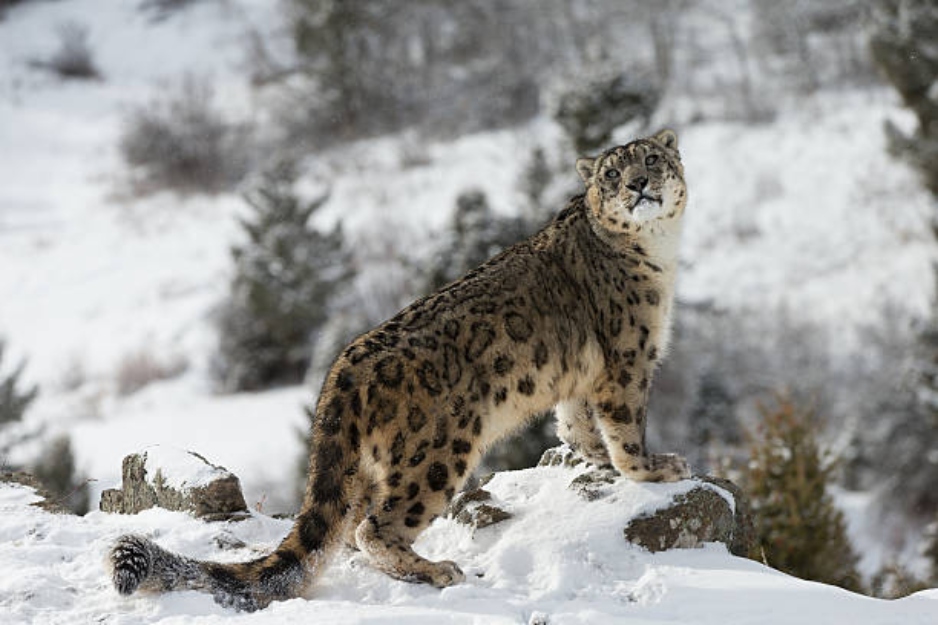
The Chinese mountain cat, also known as Felis bieti, is a striking yet elusive feline native to the high-altitude regions of China. Found mainly in the Tibetan Plateau and surrounding areas, this species is often overlooked despite its distinctive sandy coat and dark tail rings.
Unique Features That Set It Apart

Unlike domestic cats, the Chinese mountain cat sports a dense fur coat to withstand frigid climates. Its rounded ears and faint markings make it blend seamlessly into its rocky environment, giving it the moniker “ghost of the mountains.”
Sightings in Remote Terrain

While it is considered “easy to spot,” sightings remain rare due to the cat’s remote habitat and shy nature. One of the few recorded encounters occurred in 2007 when a wildlife photographer captured an image of the cat near Qinghai Lake, sparking renewed interest in its conservation.
Misconceptions with Domestic Breeds

Locals often mistake the Chinese mountain cat for a feral domestic cat due to their similar size and appearance. However, genetic studies confirm it as a distinct species, unique to China’s biodiversity.
Struggles Against Threats

Habitat destruction and rodent poisoning are significant threats to the Chinese mountain cat. Many farmers in the region use rodenticides to control pests, which inadvertently harm the cats that feed on small mammals.
Conservation Efforts in Action

China has declared parts of the mountain cat’s range as protected areas to help preserve its habitat. Organizations such as Panthera are also raising awareness about the species through educational programs and community engagement.
A Rare Glimpse into Their Lives

In a 2021 study, researchers placed camera traps in Sichuan Province and recorded footage of a Chinese mountain cat hunting pika. These glimpses are critical for understanding the species’ behavior and ecological role.
Cultural and Ecological Significance

The Chinese mountain cat plays an essential role in its ecosystem by regulating rodent populations. Revered in local folklore, it is often seen as a guardian of the mountains and a symbol of resilience.
Challenges of Scientific Research

Studying the Chinese mountain cat is challenging due to its elusive nature and harsh habitat. Even scientists struggle to collect data, relying heavily on indirect evidence like scat analysis and camera traps.
A Call for Greater Awareness

The Chinese mountain cat may not be widely known, but its survival is vital for maintaining ecological balance in the Tibetan Plateau. With increased awareness and conservation efforts, there is hope that this enigmatic feline will continue to thrive in the wild.
Stay connected with us for more stories like this! Follow us to get the latest updates or hit the Follow button at the top of this article, and let us know what you think by leaving your feedback below. We’d love to hear from you!







